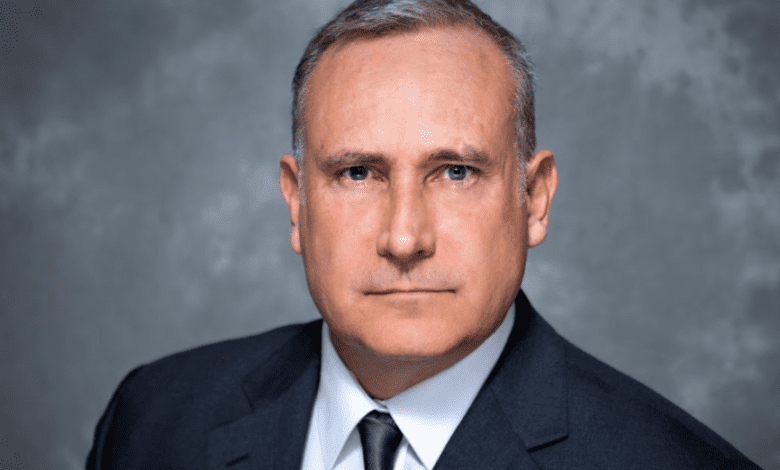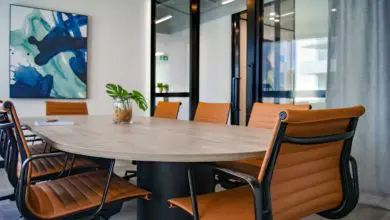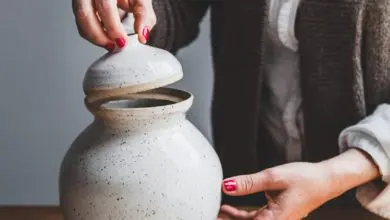Direct cremation: Hero or villain?

Register to get 1 free article
Reveal the article below by registering for our email newsletter.
Want unlimited access? View Plans
Already have an account? Sign in
In January 2016, David Bowie set a new trend for ‘no fuss funerals’, after his family members were simply handed his ashes following a direct cremation with no funeral service or mourners present.
Since this time, the popularity of direct cremation has experienced exponential growth, with consumers deeming it a low-cost alternative to the conventional funeral for both themselves and their loved ones.
However, the ongoing Covid-19 pandemic may well impact the popularity of direct cremation for months or even years to come, following widespread national media coverage on the emotional distress that forced, unattended funerals have caused for the family members of Covid victims.
This sentiment is echoed in a recent survey conducted by Golden Leaves,* which revealed 80.43% of respondents between the ages of 50 – 80 believed that restricting the number of mourners at funerals to just 10 people would have been challenging for the loved ones of Covid-19 victims; with a further 73.73% believing it to be unfair that some victims were either cremated or buried alone without any family members present.
After seeing the impact that these unattended funerals have had on the family members of Covid-19 victims, 45% of respondents went on to advise that they would no longer consider direct cremation as an alternative to the traditional funeral for either themselves or a loved one, with 33.21% ‘unsure’.
However, although the stats show a negative perception towards direct cremation, it is important here to remember that this opinion would have been fuelled by the tragic circumstances created by Covid-19 and that the service itself was created to provide a solution to expensive funeral costs; something of which remains firmly under CMA investigation and is yet to be resolved.
Therefore, debate remains as to whether Covid-19 will impact the foreseeable growth of the direct cremation style service, but if it doesn’t, funeral directors will need to consider how they will be able to compete with this low-cost, low-profit trend over the coming years, or indeed if they wish to at all.
Hero or Villain?
In the United States, unattended funerals now account for a significant proportion of the at-need and pre-need funeral markets, with consumers opting for the ‘no frills’, low cost alternative in response to rising funeral costs. A picture not hugely dissimilar in the UK, as the ongoing CMA investigation has prompted consumers to question the cost of funerals and look to low-cost alternatives once again.
From this perspective, some funeral companies probably view direct cremation as the villain of the industry, disrupting the conventional funeral and encouraging consumers to think differently about how they want to mark their passing or that of a loved one.
However, disruptive forces are vital to the continued growth and development of all market sectors and the funeral industry is certainly no exception. Here, the direct cremation product has successfully disrupted the norm and forced the funeral sector to sit up, think differently and respond to changing consumer demands.
Unlike other market sectors, the quality vs cost debate doesn’t always translate to at-need funerals and, therefore, doesn’t always stack up against the direct cremation offering, meaning funeral directors need to think beyond this for continued growth and commercial stability.
For example, the majority of loved ones will try their hardest to adhere to the wishes and requirements of the deceased, but if they don’t have the funds available to part with a minimum £4,000 funeral, they simply won’t be able to, regardless of the level of service received by funeral directors. Or, as many have done historically, they will go into debt to pay for it. Under these circumstances, consumers are now, more than ever before, opting for the ‘no frills’, direct cremation alternative on affordability alone, rather than on a non-conventional funeral basis.
Despite some of the negative opinions levied against unattended funerals during Covid-19, the matter of costs and affordability is not going anywhere, which means, current emotional opinion aside, direct cremation style services are not going anywhere either.
The solution
Overall, direct cremation has proved that unless the at-need market moves with the times and responds to consumer demand, market disruptors will do this on their behalf, increasing market share and impacting the commercial outlook for funeral directors UK wide.
As a result, it could be argued that funeral directors have some clear options: directly compete and offer a direct cremation service or develop a low-cost alternative to direct cremation, which allows consumers to mourn for their loved ones via a funeral service that comes with a low-price tag. Or both.
Aside from just actively competing in the direct cremation market, the development of a ‘stripped back’ funeral service alongside a normal traditional suite of funeral plans will guarantee future business and retain competitiveness, whilst satisfying the increasing consumer demand in particular portions of the population for low-cost funerals. The reality is though that this will come with a level of lost bottom line profit and, if not offered at all, it could result in a significant level of completely lost future business if changing consumer behaviour sends a significant portion of potential future at-need and pre-need business elsewhere.
Despite everything, direct cremation is here to stay, which means as funeral directors, there is the choice to ignore its existence or expand your suite of service offerings to include a cheaper and simpler alternative that is closer to the direct cremation model, without eliminating the actual funeral service.
This, being an offering that a growing number of consumers are likely to appreciate more post-Covid-19, as supported by the fact nearly one fifth of individuals advised that the Covid-19 pandemic has changed their opinion on funeral companies for the better.
*Issued in July 2020, the survey questioned 553 participants between the ages of 50 and 80, with 277 respondents male and 275 female.
Barry Floyd MD of Golden Leaves







